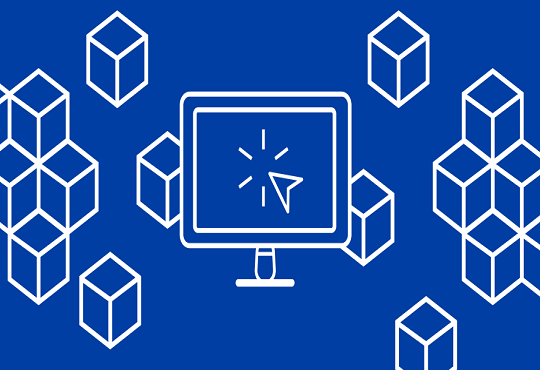Top Three Advantages of microservice-based ERP solutions
Abhrasnata Das | Saturday, 10 December 2022, 18:15 IST
Since Gartner pronounced enterprise resource planning to be defunct, more than 20 years had passed. While ERP goliaths like SAP, Oracle, and Sage are far from defunct, they are now facing much stronger competition from microservice platforms that enable enterprises to build their own IT stack.
That creates even more issue for ERP resellers. The gratification that comes from doing business with a reputable industry leader is one benefit of working with one of the ERP behemoths. Customers, on the other hand, desire to deal with a reseller who, by offering highly customised solutions, aligns with their objectives and strategy.
The face of IT has changed as a result of cloud architecture and APIs, and single-function platforms that run off-premise and on mobile are steadily gaining ground. An end user examining the SAP or Oracle solution simply cannot understand the freedom and independence that a workflow automation platform like Zapier, CloudHQ, or IFTTT can offer.
In this article, lets look into the key advantages that microservice-based ERP solutions can deliver to the clients.
Microservices allow for easier scaling
The fact that all applications are linked and integrated is one of the main drawbacks of monolithic systems. This implies that the entire monolithic system needs to be rebuilt whenever systems and applications need to be updated. This is a substantial obstacle to change that can slow down, hinder, or even stop efforts to implement digital transformation.
Monolithic applications are tremendously intertwined, making it very challenging to recognise and separate services and applications that need to be upgraded. When the programme is further developed, upgrading and scaling becomes even more difficult.
Contrarily, because microservices are decoupled, any component or application may be changed and updated on its own. Businesses may have considerably more freedom and breadth when it comes to the digital transformation and change efforts they intend to implement without having to rebuild a massive, monolithic infrastructure.
Microservices offer more freedom to switch partners
The adoption and administration of an enterprise-wide monolithic architecture, for example, are large, difficult projects that are frequently completed with the assistance of partners that contribute their knowledge. Unfortunately, this increases the possibility of vendor lock-in for enterprises.
Vendor lock-in in this sense refers to the situation in which the architecture grows to be so complicated and huge that every new partner brought in needs intensive training only to be aware of what has been accomplished thus far. This restricts the ability of the organisation to choose particular partners for particular services or various pricing offerings.
Microservices-based ERP allow total freedom over relationships because of their disconnected nature. Companies may move considerably more quickly in the market than those using a monolithic design by creating a specific microservice for the most recent technology or trend.
Microservices facilitate new onboarding
Under a monolithic design, onboarding new developers has their share of difficulties. In the case of monolithic systems, training new developers on the complete application architecture may be an extremely time-consuming procedure. However, with microservices, new developers just need to learn the single component they are working on, not the entire architecture.
As a result, new developers may get up to speed considerably more quickly and have a lot greater chance of becoming highly knowledgeable and proficient in their particular field. They may use the time saved on maintaining and revamping a complete architecture to provide value and excellence in their particular field of expertise.
Conclusion
Artificial intelligence (AI) is now being adopted in microservices at an accelerated rate. The reason for this is that AI may increase the effectiveness of microservices by automating processes like monitoring, logging, and debugging. By dynamically modifying the resources needed by each service, AI can also assist to increase the scalability of microservices.
ERP applications are anticipated to generate greater revenue going forward. Due to the rising popularity of remote work, there is a high need for ERP-based tools and solutions. ERP may help businesses handle more work efficiently, be more nimble, and save money.
Building cloud-based systems that can manage a lot of traffic requires the use of microservices.
They contribute to ensuring a positive client experience. They will thus be more well-liked by businesses that employ ERP systems.





